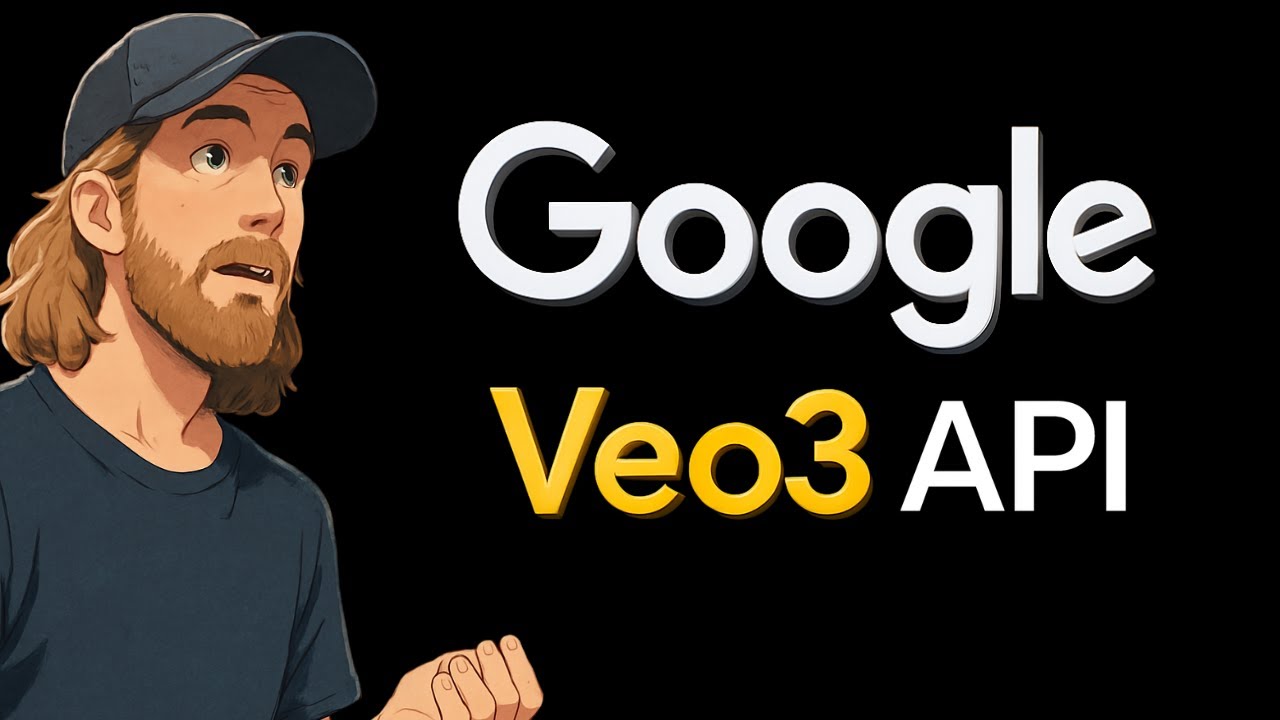The video demonstrates how to build an AI-powered video generation pipeline using Google Veo3’s API, OpenAI tools, and web research to create detailed, scene-based videos from user prompts. Despite showcasing a successful proof-of-concept, the creator highlights the high costs involved, making the process impractical for regular use, but optimistic about future advancements and affordability.
The video begins with the creator discussing the recent release of Google Veo3’s API and their intention to build an AI-powered video generation pipeline using various open AI tools. They highlight the high cost of the Veo3 API, noting that generating a short 8-second video with audio can cost around $4, making it quite expensive for multiple clips. Despite this, they proceed to gather necessary documentation, API keys, and tools like web search, prompt guides, and cloud code to set up their pipeline.
Next, the creator explains their plan to create a modular, step-by-step workflow that integrates prompt generation, web research, video creation, and merging. They emphasize the importance of a flexible structure for easier debugging and future improvements. Using cloud code, they start building the pipeline, which involves reading documentation, setting up API calls, and designing prompts for the Veo3 API. They also incorporate speech-to-text conversion to streamline input and prepare for user-defined scene descriptions.
The core of the project involves prompting the AI to generate detailed scene descriptions based on user input about the desired content. The creator inputs specific scene ideas related to the LA protests and ICE raids, and the AI conducts web research to gather relevant context. These prompts are then used to instruct Veo3 to generate corresponding video clips. The process includes refining prompts, running the pipeline, and handling the generated videos, which are stored and later merged into a single coherent output using ffmpeg.
Finally, the creator reviews the completed video, expressing satisfaction with the results. They watch the final merged clip, which effectively depicts the scenes described, including a news anchor and a reporter interviewing a local citizen about the protests. Despite the success, they highlight the extremely high cost of generating such videos—around $12 for a 16-second clip—making it impractical for regular use. They conclude by reflecting on the potential of this technology if prices decrease in the future and encourage others to experiment with building similar AI pipelines for creative projects.
Overall, the video showcases a successful proof-of-concept for an AI-driven video generation pipeline using Veo3, OpenAI, and web search tools. The creator demonstrates how to automate scene creation based on user input, conduct research to enhance prompts, and merge generated clips into a final product. While acknowledging the current high costs, they express enthusiasm for future possibilities and invite others to explore similar AI-powered workflows for content creation.
